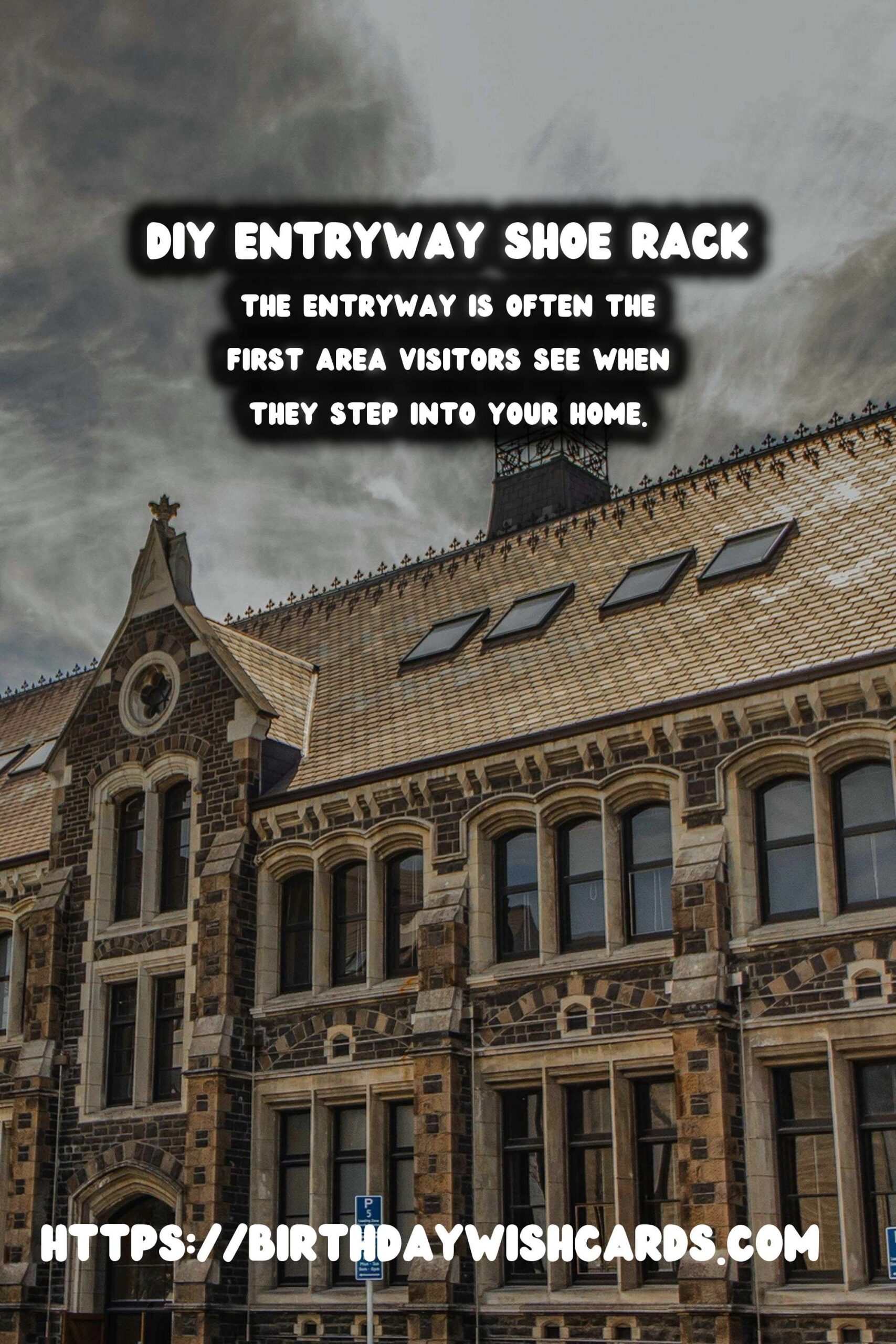
The entryway is often the first area visitors see when they step into your home. Unfortunately, it’s also one of the most cluttered spaces, especially if it’s filled with scattered shoes. Creating a DIY entryway shoe rack can significantly organize your entry space, enhance your home’s aesthetic, and provide you with a functional storage solution.
Why Choose a DIY Shoe Rack?
Opting for a DIY shoe rack allows you the freedom to customize the design according to your specific needs and space limitations. From the size and color to the type of materials used, everything can be tailored to match your home decor. Plus, building your own shoe rack can be an immensely rewarding project that showcases your creativity.
Materials Needed for a DIY Shoe Rack
To begin, gather the necessary materials. Here’s a list of what you might need:
- Wooden planks or crates
- Screws and nails
- Wood glue
- Paint or wood stain (optional)
- Sandpaper
- Measuring tape
- Saw
- Drill
The beauty of a DIY project is the flexibility of using materials you might already have, or that you can repurpose from discarded furniture, thus making your project more sustainable.
Step-by-Step Guide to Building a DIY Shoe Rack
Step 1: Measure Your Space
First, measure the area where you plan to place the shoe rack. This will determine the rack’s length, width, and height. It’s essential to ensure the rack fits perfectly without overcrowding the space. Jot down these dimensions for reference as you build.
Step 2: Cut the Wood
Using the measurements taken, cut your wooden planks accordingly. Typically, you’ll need four pieces for the frame—two for the sides and two for the front and back. Additionally, cut the planks that will serve as shelves to rest the shoes on.
Step 3: Sand the Wood
After cutting the pieces, sand down the edges with sandpaper to eliminate any rough surfaces or splinters. This step is crucial for ensuring the safety and longevity of your shoe rack.
Step 4: Assemble the Frame
Begin assembling the frame by attaching the two side panels to the back panel using screws or nails. Ensure these are level, and then add the front panel. Use wood glue for added strength at the joints. Once the frame is secure, let it dry before moving on to the next step.
Step 5: Add the Shelves
Determine the spacing for each shelf based on the types of shoes you’ll be storing. For boots, you’ll need more space, while flats and sneakers require less. Secure each shelf inside the frame with screws, ensuring they are uniformly spaced.
Step 6: Finishing Touches
With the basic structure completed, it’s time to add some personal flair. You can choose to paint the rack in a color that complements your entryway’s décor or apply a wood stain for a natural look. Be sure to let the paint or stain dry completely before placing any shoes on the rack.
Maintenance Tips for Your DIY Shoe Rack
To keep your shoe rack in top shape, regularly dust it with a dry cloth and occasionally check for any loose screws. With proper care, a DIY shoe rack can last for years, serving as a stylish and functional addition to your home.
Conclusion
Creating a DIY entryway shoe rack is not only a practical storage solution but also an excellent opportunity to express your creativity and improve your home’s organization. With patience and some basic woodworking skills, anyone can make a beautiful and functional shoe rack tailored perfectly to their living space.
The entryway is often the first area visitors see when they step into your home. Creating a DIY entryway shoe rack is not only a practical storage solution but also an excellent opportunity to express your creativity. 









#DIYProjects #HomeOrganization



